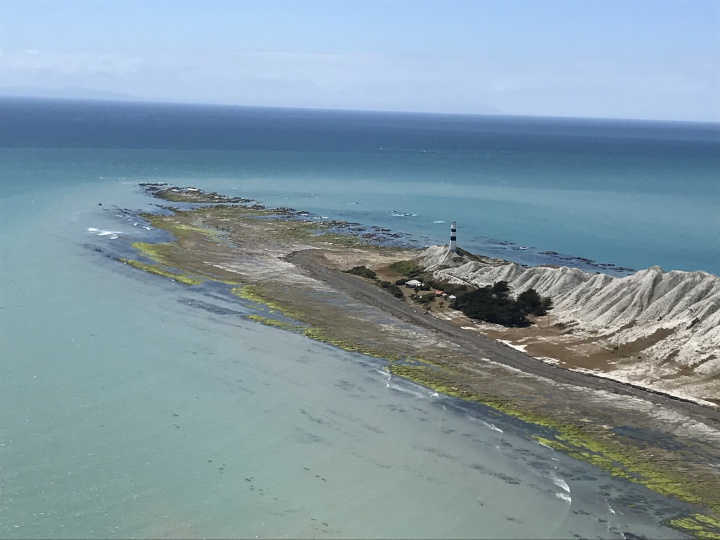Council Adopts Draft East Coast Beach Vehicle Bylaw For Consultation
Councillors voted unanimously this morning to move forward with the Bylaw process and open public submissions on 1 July for the draft East Coast Beach Vehicle Bylaw. The draft proposes to prohibit motor vehicles on the beach between the Awatere and Waima (Ure) River mouths, with few exemptions. This option will improve public safety and enable habitat restoration and protection of the area’s many threatened and at-risk species.
The Statement of Proposal went to the full Council at today’s meeting and includes a draft Bylaw, proposal summary and revised technical report, updated from November 2019. With public consultation opening on 1 July, an online submission form will be available on the Council website with hard copies of the forms available at the Council offices in Blenheim and Picton. Council encourages anyone to make their views on the proposal known to Council by making a submission.
“The draft Bylaw is a proposal and this submission period is a chance for everyone to be heard. I think everyone knows we have a problem to solve regarding public safety and environmental protection along this special stretch of coast.”
“We all want the best solution moving forward. Now, it’s time for the public, whether they agree or disagree with the current proposal, to have their say,” said Mayor John Leggett, who is Chair of the Environment Committee.
The east coast area is known for its wide-ranging values from recreation and commercial fishing to ecological and cultural significance. Following the 7.8-magnitude Kaikōura earthquake in late 2016, this stretch of the east coast became much more accessible, as the seabed lifted and wide new expanses of beach and exposed reefs were created.

Cape Campbell after the Kaikoura earthquake
The dramatic change to the coast is the biggest physical transformation observed of any earthquake globally in modern times. In places where access was previously restricted, it became possible to walk or drive at any time. The damage caused by the earthquake, coupled with increased motor vehicle access, has led to mounting pressure on the area’s unique ecosystems.
After considering several options and holding discussions with iwi, stakeholders, community groups, landowners and scientists, the Council is moving forward with a draft Bylaw for community consideration. In drafting the bylaw, Council has considered vehicle types, new routes, speed limits and the area where it should apply. The challenges with these alternatives are the feasibility of enforcement and the year-round complexity of this unique ecosystem.
During the consultation period, a sub-committee will appoint a Hearings Panel comprised of at least one councillor and two independent commissioners. Following the submission period, the Hearings Panel will hear from the public and make recommendations to the full Council.
Public submissions will be open for 40 working days and close on 26 August at 5.00pm. For more information about the draft Bylaw, including options considered and how to make a submission, please visit www.marlborough.govt.nz
Images: Cape Campbell before and after the Kaikōura earthquake


 Gordon Campbell: On bird flu, AUKUS entry fees and Cindy Lee
Gordon Campbell: On bird flu, AUKUS entry fees and Cindy Lee NZ Government: New Lab To Help Protect Key Pacific Tuna Fisheries
NZ Government: New Lab To Help Protect Key Pacific Tuna Fisheries Susan Botting - Local Democracy Reporter: Ruawai Leader Slams Kaipara Council In Battle Over $400k Property
Susan Botting - Local Democracy Reporter: Ruawai Leader Slams Kaipara Council In Battle Over $400k Property Te Pati Maori: Another ‘Stolen Generation’ Enabled By Court Ruling On Waitangi Tribunal Summons
Te Pati Maori: Another ‘Stolen Generation’ Enabled By Court Ruling On Waitangi Tribunal Summons Peace Action Wellington: Die In for Palestine Marks ANZAC day
Peace Action Wellington: Die In for Palestine Marks ANZAC day Labour Party: Penny Drops – But What About Seymour And Peters?
Labour Party: Penny Drops – But What About Seymour And Peters? Government: PM Announces Changes To Portfolios
Government: PM Announces Changes To Portfolios


